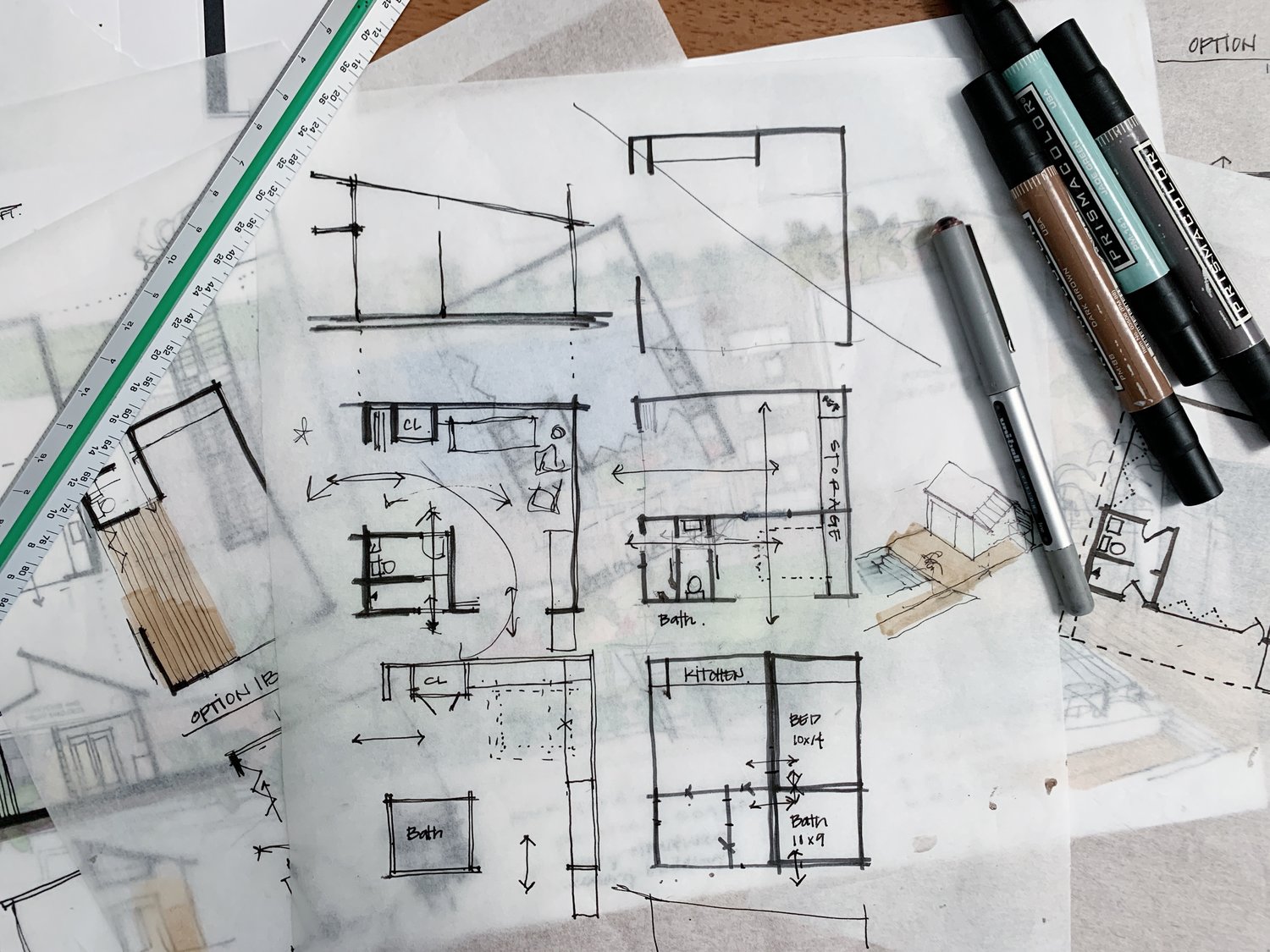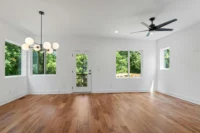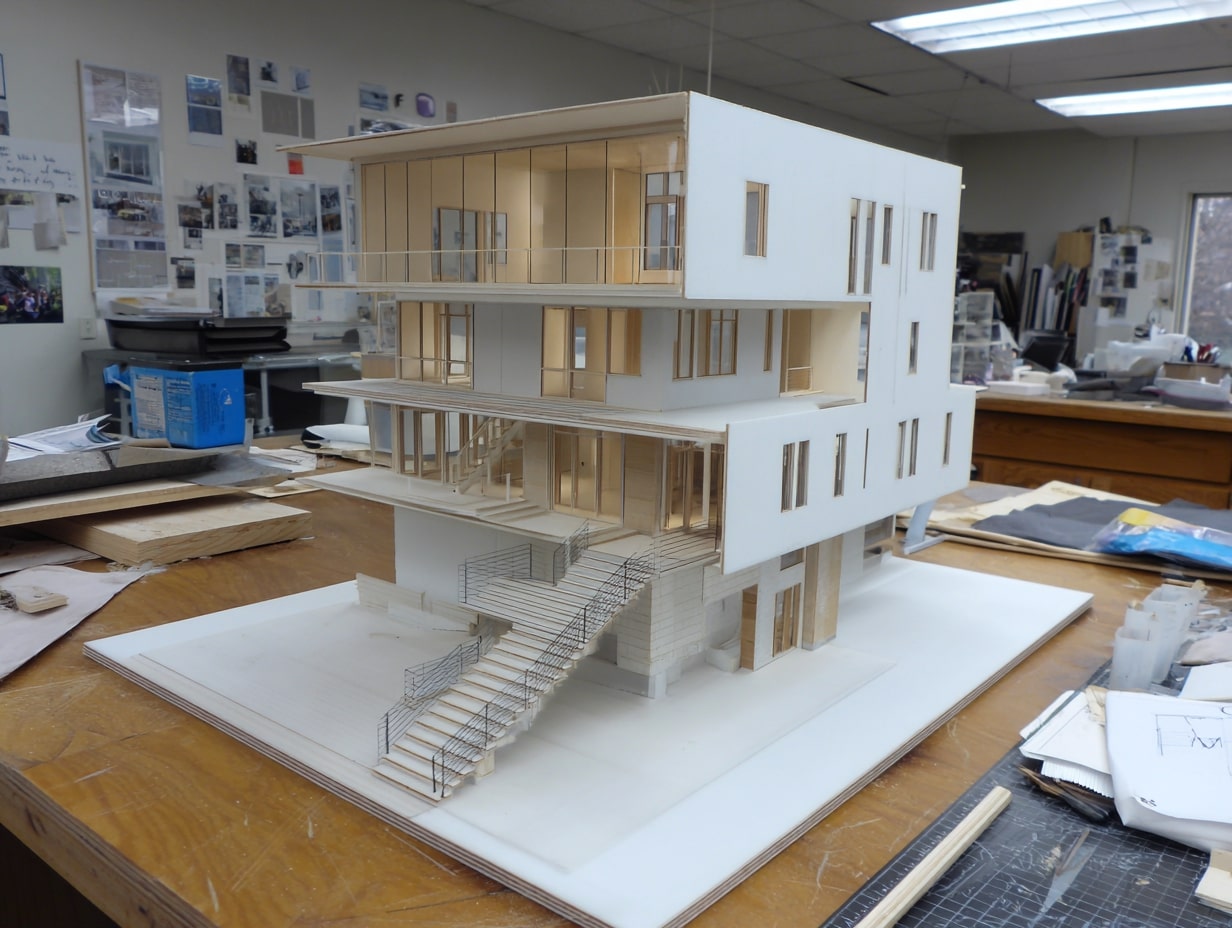- Home
- Articles
- Architectural Portfolio
- Architectral Presentation
- Inspirational Stories
- Architecture News
- Visualization
- BIM Industry
- Facade Design
- Parametric Design
- Career
- Landscape Architecture
- Construction
- Artificial Intelligence
- Sketching
- Design Softwares
- Diagrams
- Writing
- Architectural Tips
- Sustainability
- Courses
- Concept
- Technology
- History & Heritage
- Future of Architecture
- Guides & How-To
- Art & Culture
- Projects
- Interior Design
- Competitions
- Jobs
- Store
- Tools
- More
- Home
- Articles
- Architectural Portfolio
- Architectral Presentation
- Inspirational Stories
- Architecture News
- Visualization
- BIM Industry
- Facade Design
- Parametric Design
- Career
- Landscape Architecture
- Construction
- Artificial Intelligence
- Sketching
- Design Softwares
- Diagrams
- Writing
- Architectural Tips
- Sustainability
- Courses
- Concept
- Technology
- History & Heritage
- Future of Architecture
- Guides & How-To
- Art & Culture
- Projects
- Interior Design
- Competitions
- Jobs
- Store
- Tools
- More

In the field of architecture, productivity plays a crucial role in delivering high-quality designs within limited time frames. Architectural productivity encompasses the ability to efficiently utilize resources, streamline processes, and foster creativity. It is the key to achieving successful outcomes in both the design and construction phases of architectural projects. In this article, we will explore the concept of architectural productivity and discuss various strategies and technologies that can enhance efficiency and creativity in design.
Streamlining Design Processes
Architectural productivity begins with the effective streamlining of design processes. This involves adopting efficient workflows and utilizing appropriate tools and software to enhance productivity. By leveraging computer-aided design (CAD) software, architects can create, modify, and visualize designs more effectively, reducing the time and effort required for manual drafting. Additionally, Building Information Modeling (BIM) platforms enable collaborative design and data integration, allowing multiple stakeholders to work concurrently on a project, minimizing errors, and enhancing coordination.
Harnessing Technological Advancements
The rapid advancements in technology have revolutionized the architectural industry, offering architects a wide range of tools and resources to boost productivity. Virtual Reality (VR) and Augmented Reality (AR) technologies have emerged as powerful tools in the design process. Architects can now create immersive virtual environments to visualize and explore designs, allowing for real-time adjustments and improvements. These technologies also facilitate effective communication between architects, clients, and contractors, resulting in better decision-making and faster project approvals.
Moreover, artificial intelligence (AI) and machine learning algorithms are transforming the way architects approach design. These technologies can analyze vast amounts of data, identify patterns, and generate design alternatives, enabling architects to explore multiple possibilities efficiently. AI-powered tools can automate repetitive tasks, such as generating floor plans or optimizing building performance, freeing up architects’ time to focus on more creative and complex design challenges.

Collaboration and Communication
Effective collaboration and communication are essential for architectural productivity. Architects must work closely with clients, consultants, and construction teams to ensure the successful execution of a project. Cloud-based project management and collaboration platforms provide a centralized space for sharing documents, coordinating tasks, and tracking progress. These platforms enable real-time collaboration, allowing stakeholders to provide feedback, make revisions, and address issues promptly. Clear and concise communication channels ensure that everyone involved in the project is aligned with the design goals, minimizing misunderstandings and delays.
Promoting Creativity
While productivity often emphasizes efficiency, it is equally important to foster creativity in architectural design. Architects must strike a balance between time-saving techniques and the exploration of innovative ideas. Design thinking workshops, brainstorming sessions, and cross-disciplinary collaborations can help architects think outside the box and generate unique design solutions. Embracing sustainable design principles and integrating biophilic elements into projects can also enhance creativity while contributing to the overall well-being of the occupants and the environment.
Architectural productivity encompasses a range of strategies and technologies aimed at enhancing efficiency and creativity in the design process. By streamlining design processes, harnessing technological advancements, promoting collaboration, and nurturing creativity, architects can optimize their workflows and deliver exceptional designs within time and budget constraints. As the architectural industry continues to evolve, embracing productivity-enhancing tools and techniques will be essential for architects to stay competitive and create built environments that are functional, sustainable, and visually captivating.

Do not forget that time management is crucial for maximizing productivity. Set clear goals and prioritize tasks to ensure that important deadlines are met. Break down larger projects into smaller, manageable tasks and allocate specific time slots for each task. Avoid multitasking, as it can lead to decreased focus and lower quality work. Utilize productivity tools, such as calendars, task management apps, and time-tracking software, to stay organized and make the most of your time.
Stay updated with the latest industry trends, technologies, and design methodologies. Attend workshops, seminars, and conferences to enhance your knowledge and skills. Embrace lifelong learning and seek opportunities to expand your expertise. Acquiring new skills and staying abreast of developments in the field will improve your efficiency and enable you to deliver innovative designs.
Productivity is closely linked to overall well-being. Take care of yourself by maintaining a healthy work-life balance. Get sufficient rest, exercise regularly, and adopt stress management techniques. Taking breaks and allowing yourself time for relaxation and hobbies can rejuvenate your mind and increase productivity when you return to work. Also try to set achievable goals for each project or study session. Break larger goals into smaller milestones and celebrate each accomplishment along the way.

Submit your architectural projects
Follow these steps for submission your project. Submission FormLatest Posts
Smart Steps for Repairing Your Garage
Keeping your garage safe and reliable is mostly about steady habits and...
Why Scale Matters in Architecture
Why Scale Matters in Architecture: see how human, building, and urban scales...
The Chain Reaction Triggered by Foundation Movement
Foundation movement is never an isolated event contained strictly to the concrete...
Why Smart Bin Rental Strategy Shapes Better Architecture Projects
Picture this: you’re standing before your dream architectural project, blueprints approved, permits...












Leave a comment